U.S. Origin Claims Should Not be Based Upon Assumptions the Components Obtained from U.S. Suppliers are “All or Virtually All Made in USA”
As noted in a prior post by an FTC Made in USA attorney, manufacturers and marketers cannot simply assume that the components or ingredients they obtain from U.S.-based suppliers are “all or virtually all made in the USA.” Instead, they should seek certification from suppliers concerning the percentage of U.S. content therein.
The FTC Labeling Rule prohibits manufacturers and marketers from expressly or impliedly representing that a product is Made in the USA unless the final assembly or processing of the product occurs in the USA; all significant processing that goes into the product occurs in the USA; and all or virtually all components are made or sourced in the USA.
A 2022 FTC closing letter relating to Made in USA investigation is informative on this issue, on a number of fronts.
First, the respondent had represented that some products were “Made in USA” based, in part, upon assurances it had received from a supplier. However, when the company found out that those assurances were inaccurate, it quickly ceased disseminating such representations and, importantly, voluntarily reported the issue to the FTC. As a result, the FTC closed the investigation, but reminded the company to review its records routinely to ensure it maintains appropriate substantiation for all advertising claims.
The closing letter states, in pertinent part:
To substantiate an unqualified U.S.-origin claim, a marketer should, “at the time the representation is made, possess and rely upon a reasonable basis that the product is in fact all or virtually all made in the United States.” Depending on context, supplier-provided certifications may constitute a “reasonable basis.” Specifically, the Commission has explained, “[i]f given in good faith, manufacturers and marketers can rely on information from suppliers about the domestic content in the parts, components, and other elements they produce. Rather than assume that the input is 100 percent U.S.-made, however, manufacturers and marketers would be wise to ask the supplier for specific information about the percentage of U.S. content before they make a U.S. origin claim.”
An example supplier certification contained in FTC Made in USA guidance provides:
On its purchase order, a company states: “Our company requires suppliers to certify the percentage of U.S. content in products supplied to us. If you are unable or unwilling to make such certification, we will not buy from you.” Appearing under this statement is the sentence: “We certify that our ___ have at least ____ % U.S. content,” with space for the supplier to fill in the name of the product and its percentage of U.S. content. The company generally could rely on a certification like this to determine the appropriate country-of-origin designation for its product.
Takeaway: “Made in USA” representations on, without limitation, markings, labeling, packaging, advertising, marketing and promotional materials are an FTC investigation and enforcement favorite. Manufacturers and marketers that make domestic origin related representations should consult with experienced FTC Made in USA Labeling Rule law firm to ensure compliance with the Made in USA Labeling Rule, FTC claim substantiation requirements, the FTC Act and U.S. Customers legal regulations.
Richard B. Newman is an FTC compliance and defense lawyer at Hinch Newman LLP.
Informational purposes only. Not legal advice. This article is not intended to and should not be construed as a complete summary or discussion of the Rule and all of its obligations and restrictions. May be considered attorney advertising.

